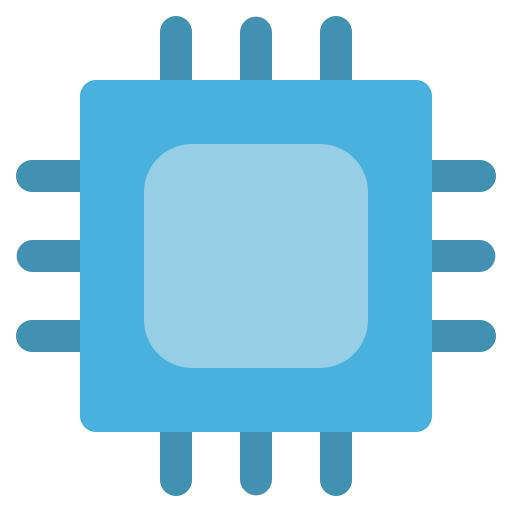Of Note:
-
No dates were specified, No commitments made.
-
Day 1 game support was not promised, just individual game support.
-
They still plan on splitting the development for RDNA1 and RDNA2 from RDNA3 and RDNA4 development, giving only the latter support for new features.
Edit:
-
All previous points remain true, drivers will remain split with the former receiving no further feature updates.
It already rubbed me the wrong way how soon they sunsetted support for GCN cards. Especially since they introduced Vega 8(?) products in APUs till 2021 or something like that? Which means it should atleast still get support for another 2 years from here on now. Instead support ended years ago.
But at the time i could kinda see how they wanted to focus on RDNA. Still shitty but there was atleast some resemblence of a technical reason there. But now trying to stop support for RDNA because of the focus on RDNA is just fucking laughable.
To me, this seems like pretty much what they were expecting to do in the first place, and a classic case of pushing too far on purpose, just to back track to pretty much where they wanted to be. A plan that is a classic among big corporations.
I don’t think this is good enough, because it still would make future customers wary of buying their products, just to have support for new features dropped, in some cases, just days after they buy the product.
Some could argue that they don’t “owe” anyone that, but this is how the tech industry has worked for a while with its fast moving software pace. If NVidia, their only major rival, and even Intel, both continue to offer full fledged support for far longer than AMD, this continues to really dampen the reasons one would go for an AMD card.
Now AMD cards will have:
-
Shorter prioritized driver support
-
Less game support from devs (due to their lack of market share)
-
Fewer games covered by their game specific features (FSR4 Suite) than their main competitor (NVidia with DLSS and FG)
-
Trailing feature development (on average) when compared to their main rival NVidia
And users will be expected to accept this, all for a discount of typically just 50 dollars for GPUs of similar raw performance.
That seems like a very raw deal to me, and that is very unfortunate given the already greater than 90% market share NVidia commands in gaming and even higher market share in enterprise compute (AI included).
-

